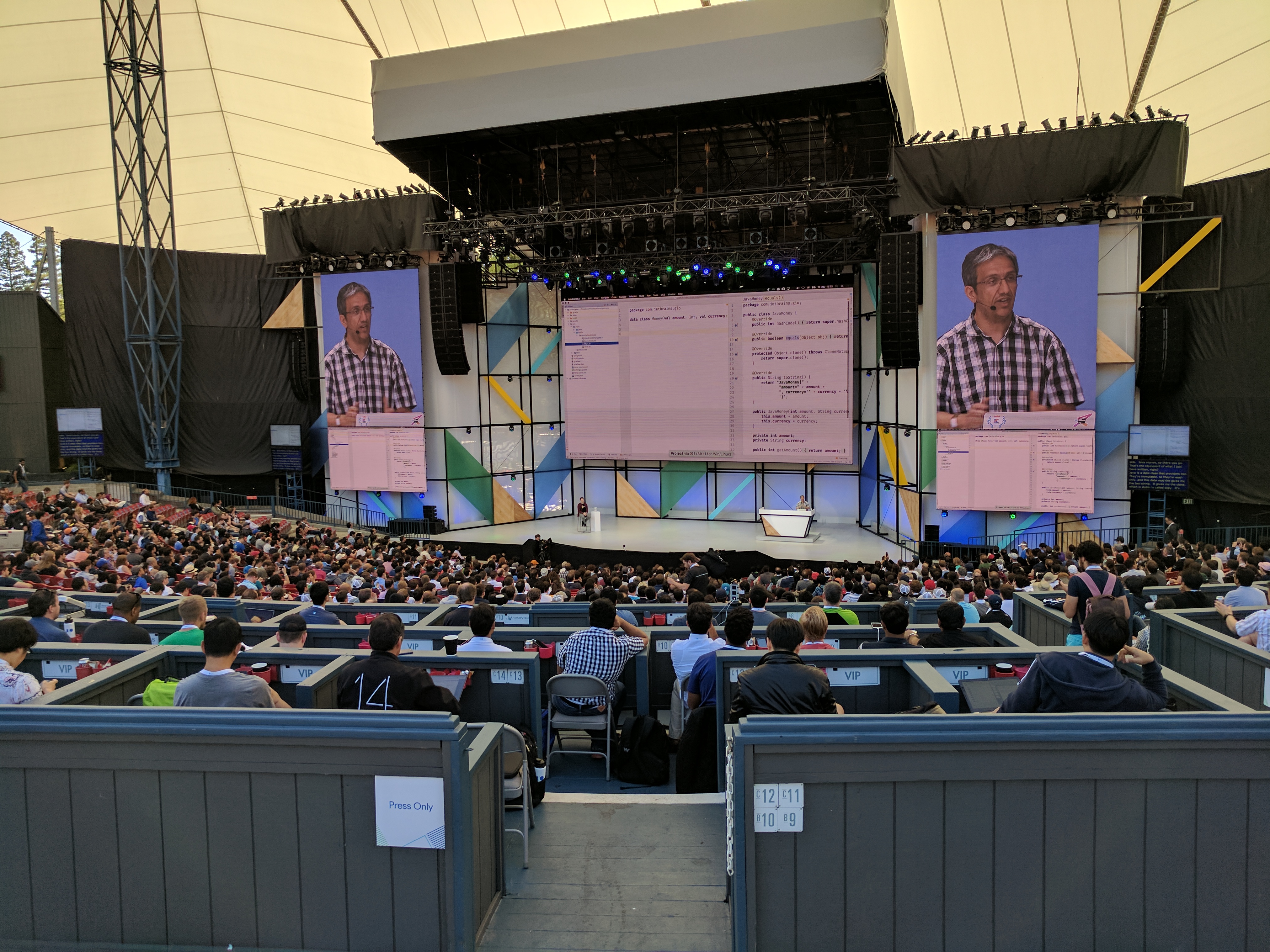

The schema is what describes your data and it’s basically a capabilities document that has a list of all the questions which the client can ask the GraphQL layer. In other words, the schema serves as a middle ground between the client and the server while defining how to access the data. GraphQL steps into the middle of this communication.Ī GraphQL server provides a client with a predefined schema - a model of the data that can be requested from the server. The client needs to tell the server what data it needs, and the server needs to fulfill this client’s data requirement with actual data. You have a client and a server and both of them need to talk with each other. The Long answer : GraphQL is all about data communication. The short answer : GraphQL is a query language and server-side runtime for APIs that prioritizes giving clients exactly the data they request and no more. Turns out it’s not new after all, GraphQL was developed by Facebook since 2012 and released publicly in 2015, so let’s start by getting some questions out of the way.

It seemed very interesting and I decided to look into it, from there I did what any curious developer would do and asked the internet about it. So I’ve heard about GraphQL a while ago working in Proxym from my colleague Ramy, I was intrigued to learn about this new way of consuming APIs because so far and in the android club, the REST approach is the dominant player. Photo by fotografierende on Unsplash Introduction


 0 kommentar(er)
0 kommentar(er)
